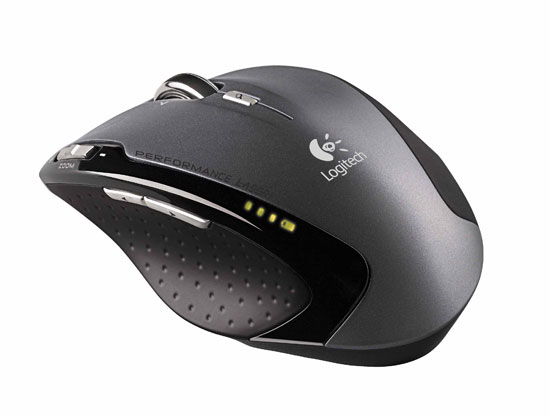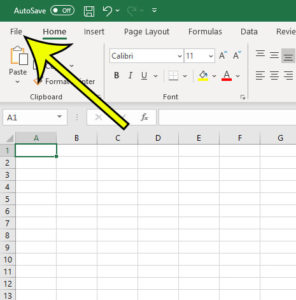
More realistically, I stand amazed at viola players who can switch immediately from their C-clef to playing a violin on a G-clef. It might require even more than two weeks to relearn. Suppose someone changed the 88-key keyboard so the high notes were on the left and the low notes were on the right. Then there will be other inconveniences in life to worry about. But time will pass and the new direction will become second nature. I offer this explanation to say that a person of normal intelligence will likely loose a few hairs using the reversed direction of the the mouse wheel zoom function. Not only that, but I had no trouble moving from the IBM keyboard to the DEC keyboard (QWERTY).

However, after only two weeks, I was proficient with the 3728 keyboard. Though I didn't have that much hair even then, I pulled much of it out for two weeks trying to learn a new keyboard. That left the shift/key for other characters. They could not afford the extravagance of lower case letters. IBM had its own character set which did not include lower case letters since data was on punched cards. The keyboard I used was the famous IBM 3278 workstation with the EBCDIC characters instead of ASCII. Thirty years ago, I went into computers before there were PCs. If you think a mouse wheel direction change for zoom level is annoying, you should try changing the keys on the keyboard. Other countries: contact your distributor ( for details) We are looking into whether we can use a different scale that zooms by a sliding scale of percentages as you zoom in and out, to make the *visual* amount of zoom more or less the same at any point. The speed of scrolling while zooming is slightly more contentious and while on the Mac we follow the system-wide preferences for mouse acceleration, on Windows we use a preset 10% zoom level. There is no option for this (on the whole everybody has found it to be an improvement).


We have indeed inverted the default scroll wheel direction in Sibelius 6, to be more consistent with most other applications.


 0 kommentar(er)
0 kommentar(er)
